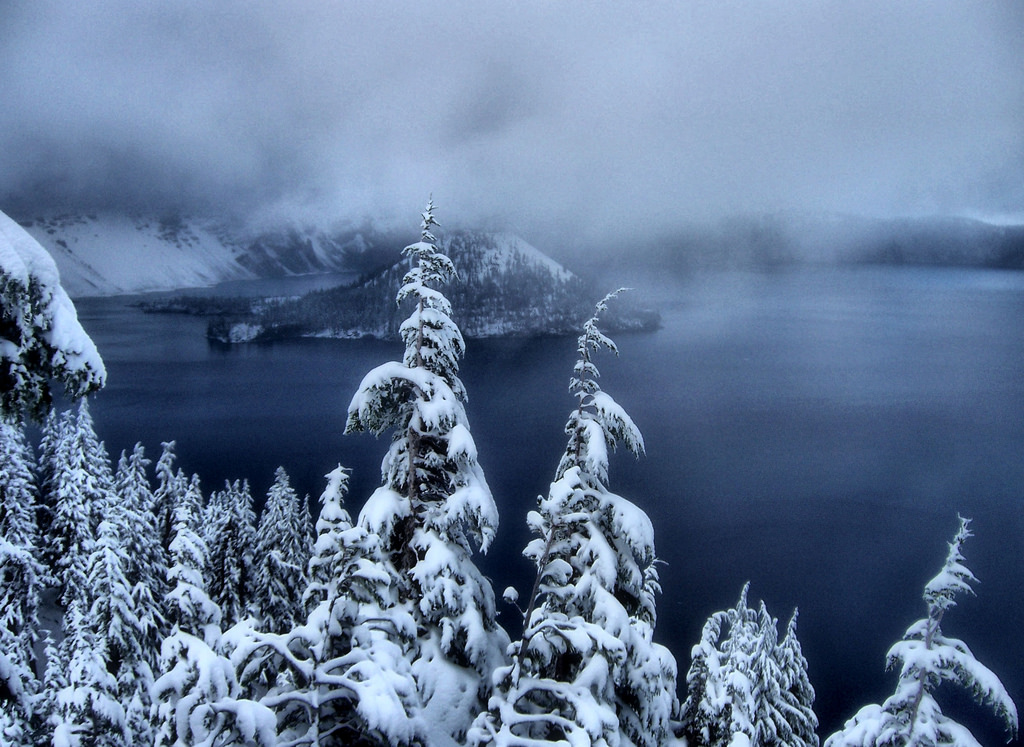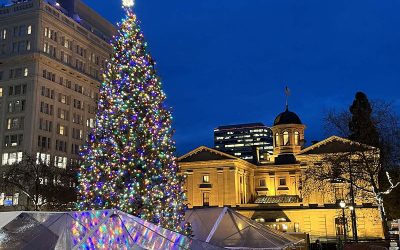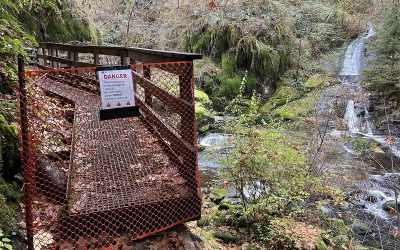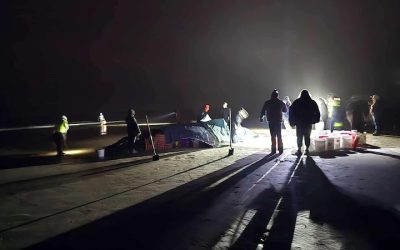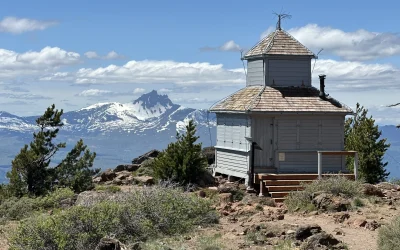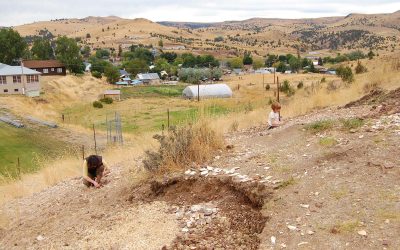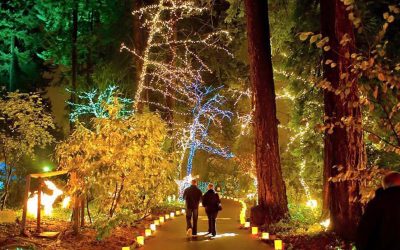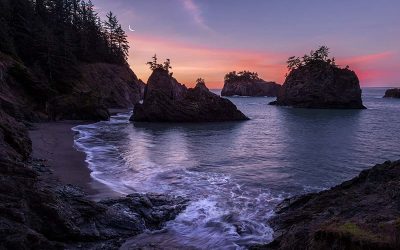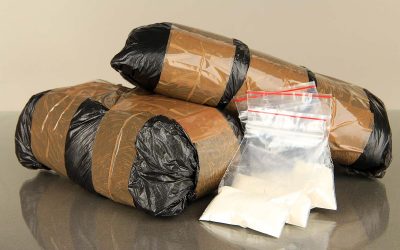Winter is upon us in all its chilly, icy splendor. That means it's time to get out your waterproof hiking boots or snowshoes and head outdoors to see Oregon wearing its impressive winter coat of snow, frost and ice. There's nothing quite like stepping out into a fresh white snow, where the world is silent aside from the crunches of your footfalls, and everything seems clean and new. These unique winter hikes across Oregon are each special in their own way. Some feature breathtaking landscapes, while others will give you the chance to see wildlife up close and personal.
Southern Oregon Winter Hikes
1. Crater Lake
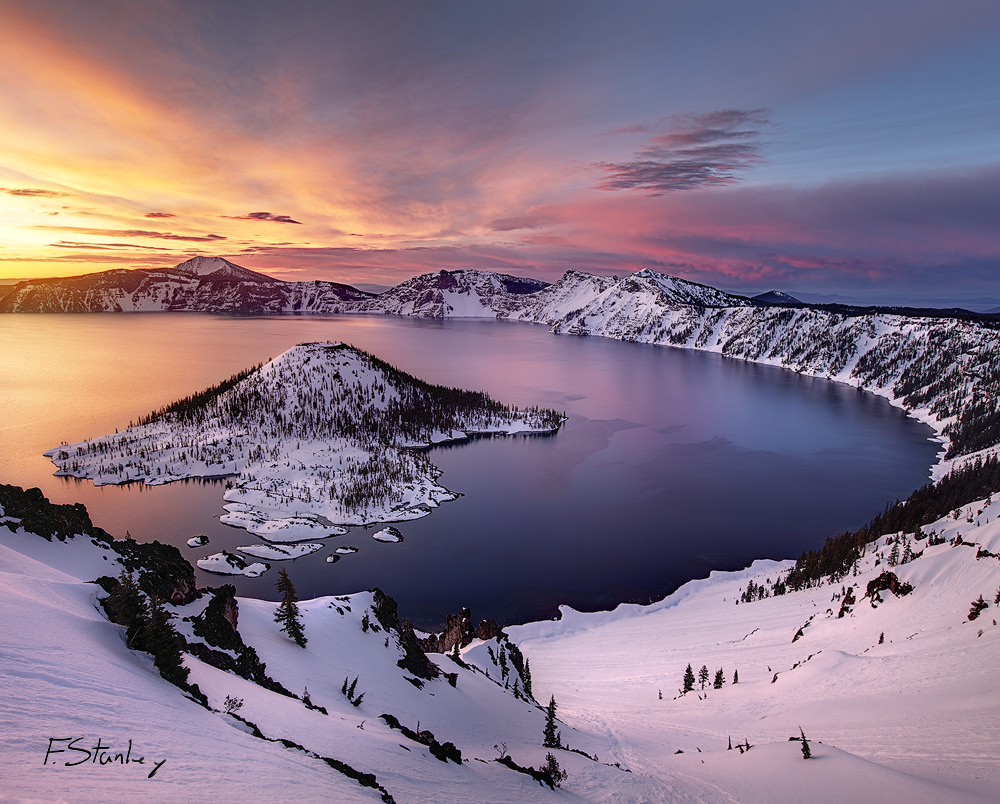
Crater Lake is known as one of the snowiest inhabited places in North America. It receives an average of 43 feet of snow per year. With stunning views of the lake, and 183,224 acres of backcountry to explore, this is one of the top destinations for winter explorers.
Some people choose to explore Crater Lake on their own. You can camp in the backcountry for free with a permit, though you should have knowledge of backcountry winter camping, and know about the dangers of avalanches. A few brave people choose to cross-country ski around the rim of the lake every year in March or April when the days are longer. It's a 31 mile trip and takes 3 days in ideal weather conditions.
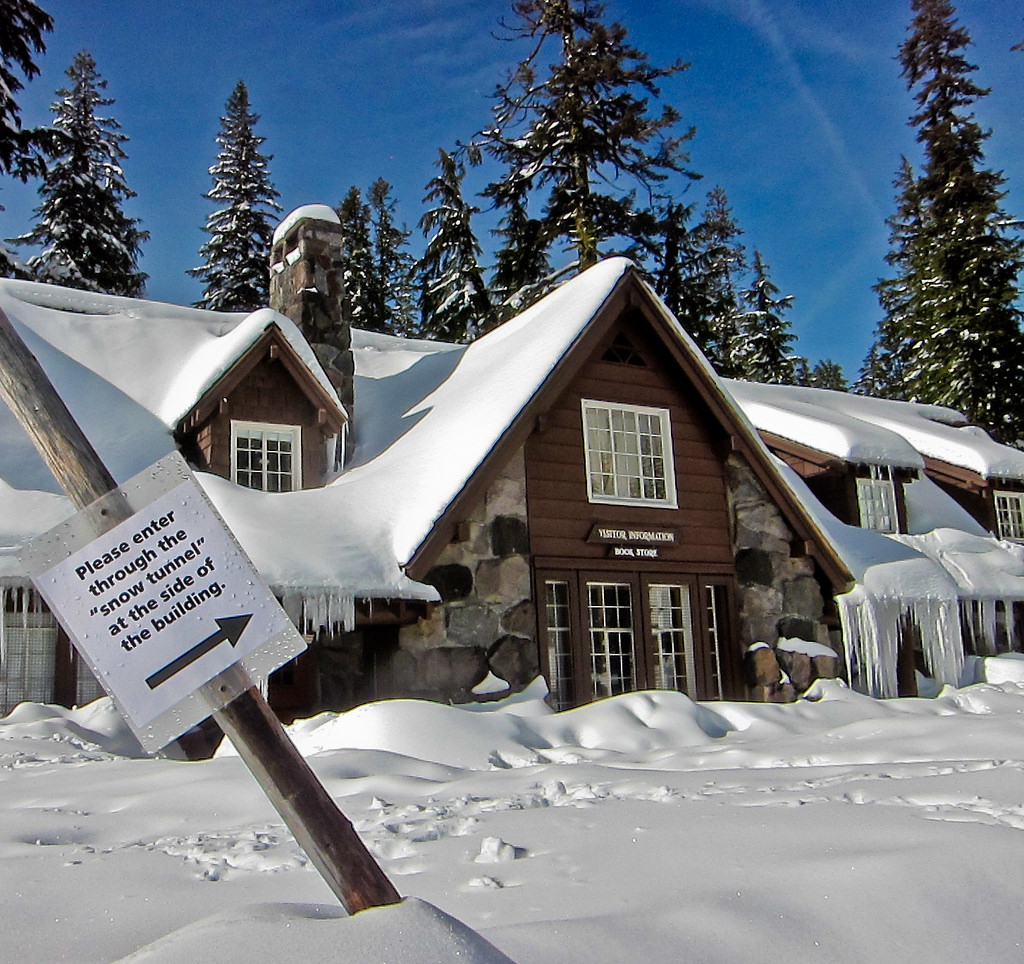
For those who are less adventurous but still want to explore and get out into nature, perhaps with your family, Crater Lake offers guided snowshoe tours every Saturday and Sunday starting on November 24th and going through April 29th. Daily snowshoe tours are also offered between December 16th and January 1st. The snowshoe hike is 1-2 miles off trail on moderate to strenuous terrain, and is open to ages 8 and up with or without snowshoe experience.
Do you love Oregon?
Sign up for monthly emails full of local travel inspiration and fun trip ideas. In each newsletter we'll share upcoming events, new things to do, hot dining spots and great travel ideas.
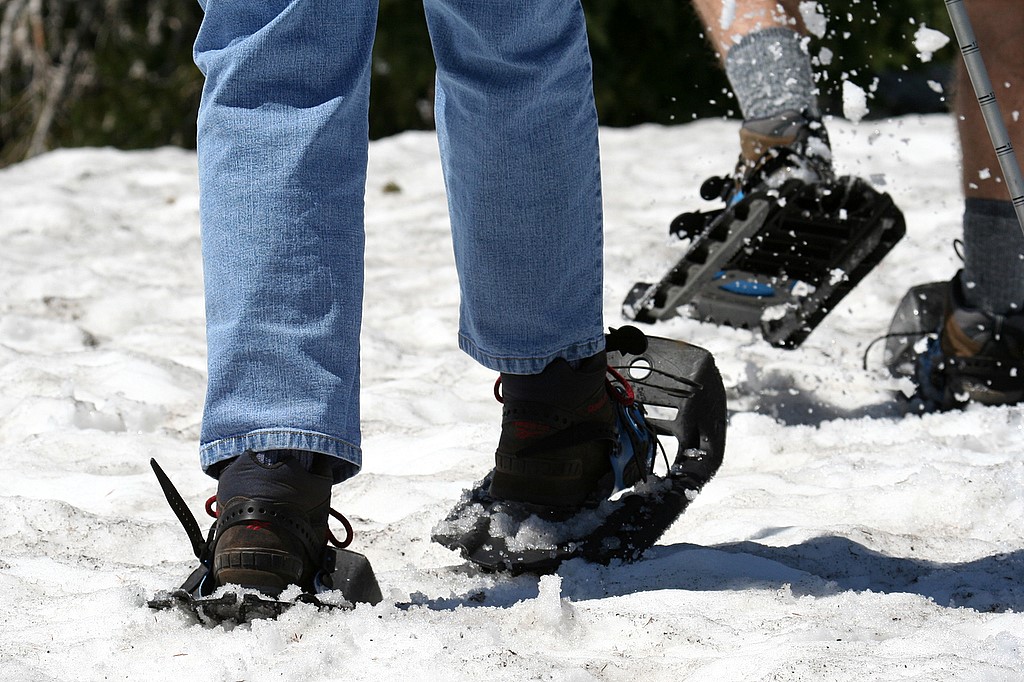
Snowshoe tours are free but the cost of the park entrance ($10) still applies. Snowshoes can be borrowed from the park free of charge. Registration is required since space on each tour is limited. To register and get more information call the park visitor center at 541-594-3100. If you choose to go to Crater Lake in the winter or do any winter hiking in Oregon please be aware of the dangers. Crater Lake made an excellent cautionary video for winter hikers, which you can see below.
2. Lower Klamath National Wildlife Refuge
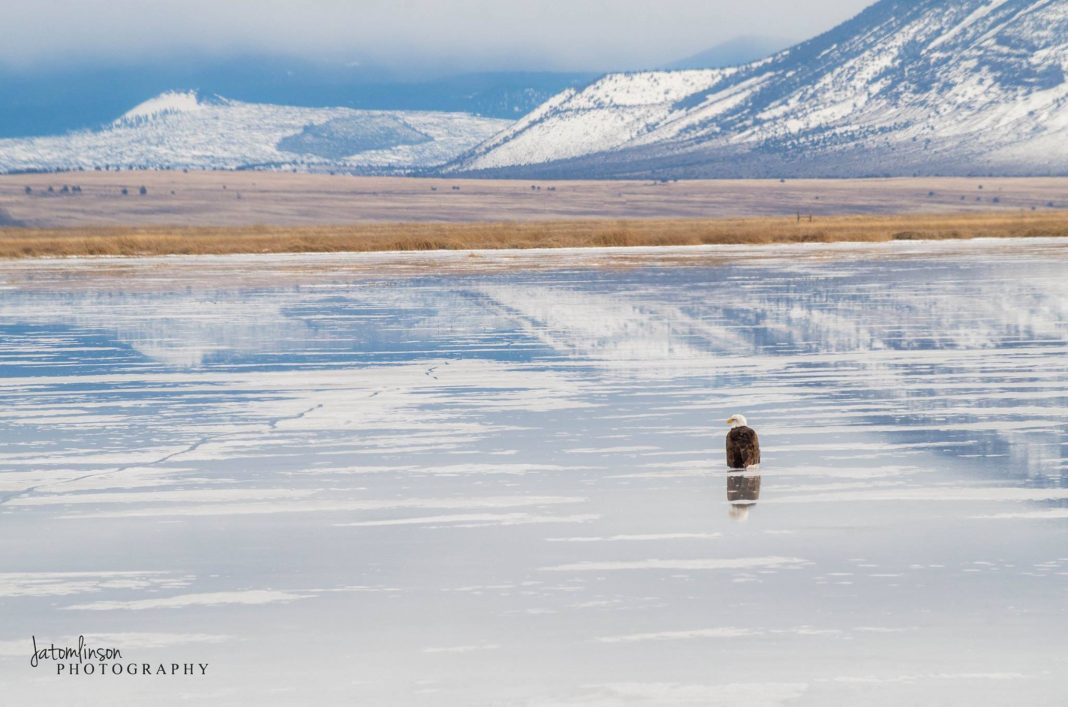
Part of this 50,092 acre national wildlife refuge rests in Southern Oregon and the rest in Northern California. The refuge is easily accessible via Stateline Road which straddles the Oregon California border in Klamath County Oregon.
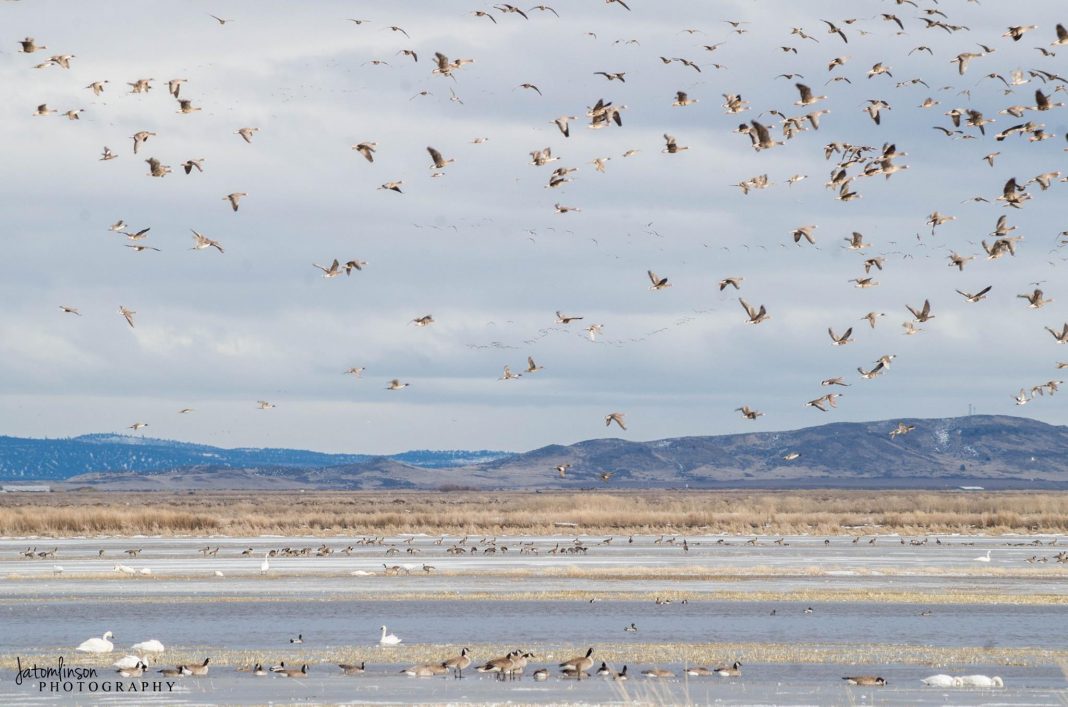
This amazing scenic refuge plays host to up to 1.8 million birds at a time. Many of those are waterfowl migrating on the Pacific Flyway such as geese, swans and ducks but the refuge also plays host to large birds of prey such as hundreds of bald eagles, red tailed hawks, and rough legged hawks. Other birds frequently seen in winter and early spring are white-faced ibis, sandhill cranes, herons, egrets, cormorants, grebes, white pelicans, quail, and pheasant.
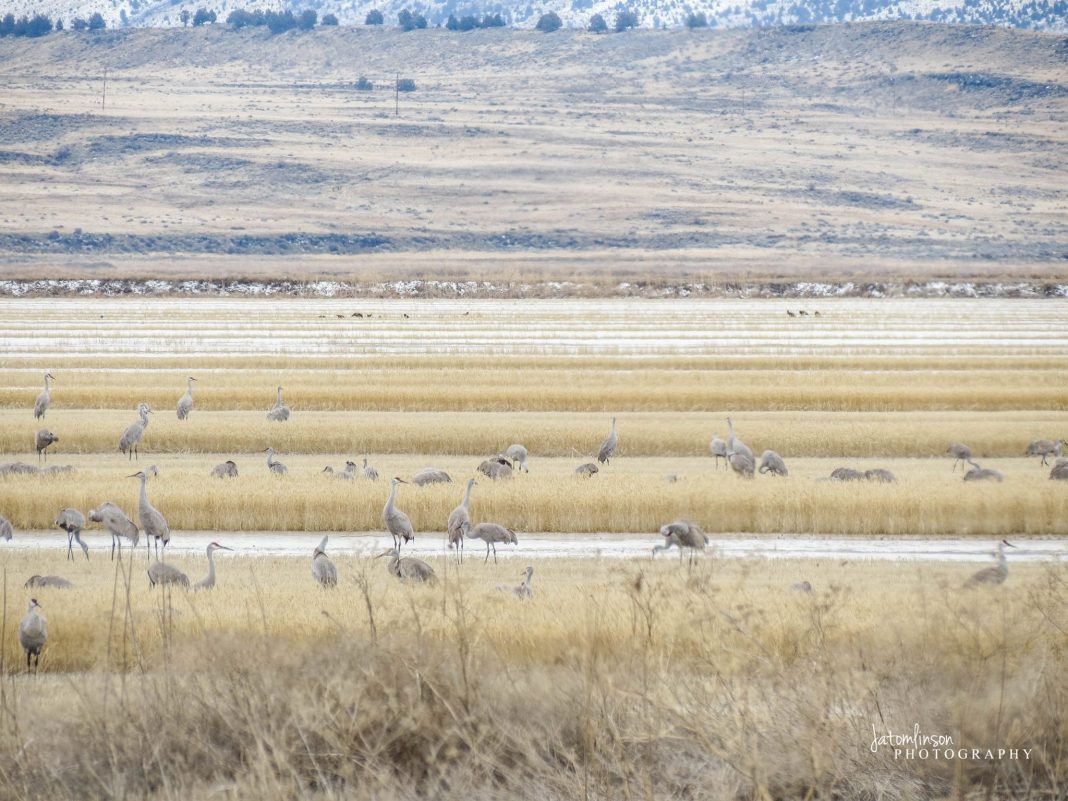
Other wildlife are also abundunt at the refuge and it's common to see coyotes roaming fields less than twenty feet away from a group of bald eagles.
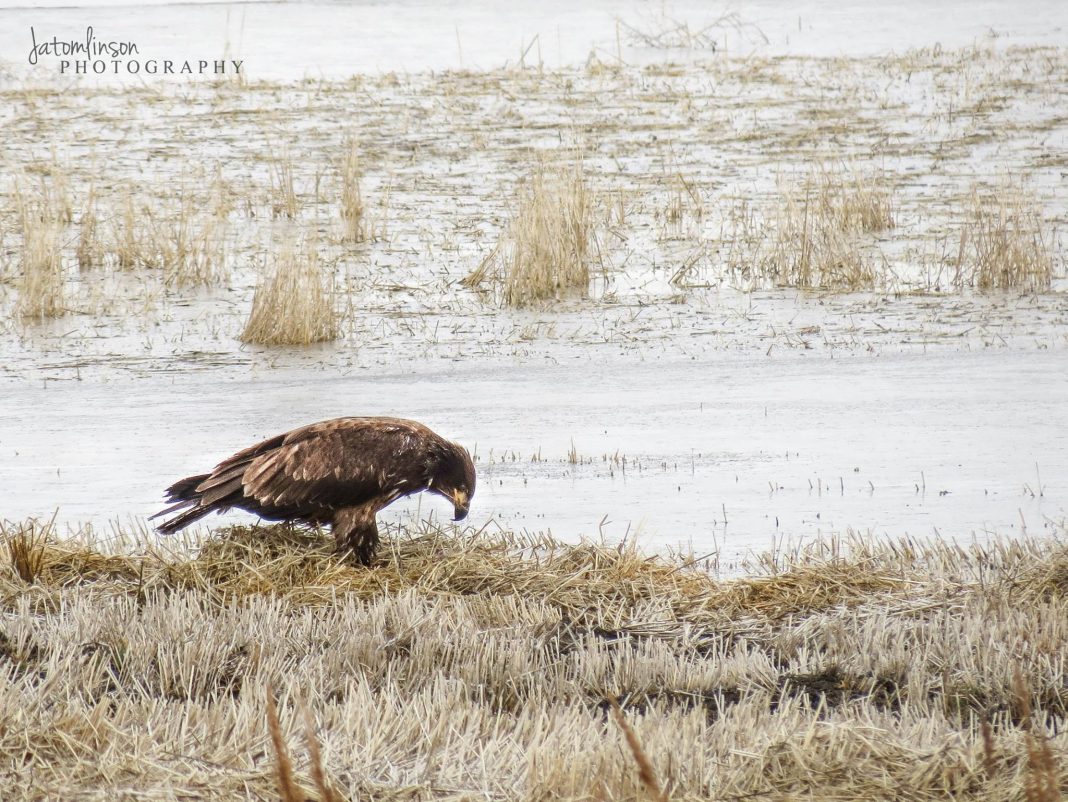
This refuge is free to visit and often traveled by car, where you can cruise along at a few miles per hour taking in the abundance of awe-inspiring birds of prey while drinking hot coffee and blasting the heater.
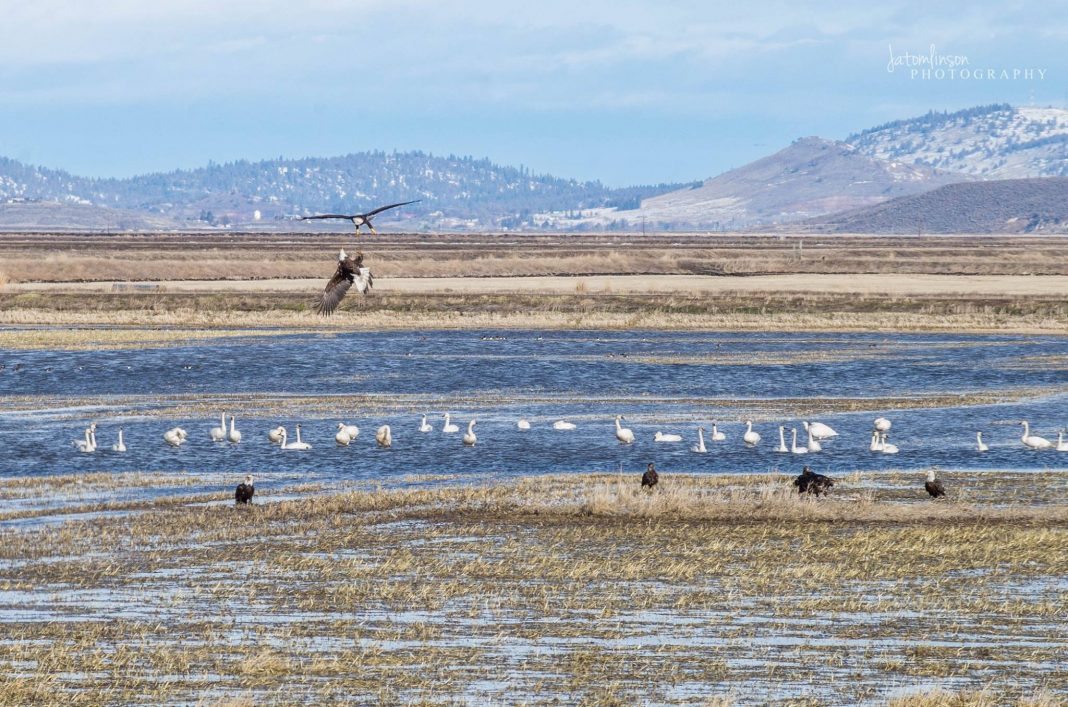
Many people also hike or bike this refuge at all times of year however as the terrain is flat and the roads easy to traverse. It's common to see photographers in blinds off the road with two-foot long camera lenses sticking out of the blind.
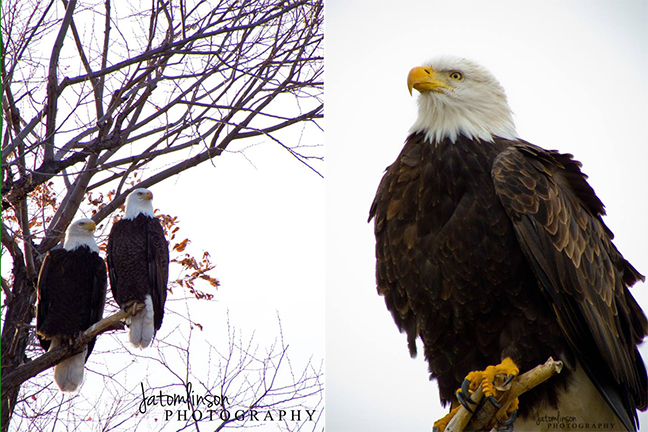
This is one of the most beautiful and awe-inspiring winter landscapes in Southern Oregon. The best time to visit is in late winter/early spring in the months of February and March. You'll likely glimpse eagles sparring, eagles hunting waterfowl, and flocks several thousand strong rising into the air to avoid becoming an eagle's lunch. Eagles have also been spotted eating fish from nearby rivers.
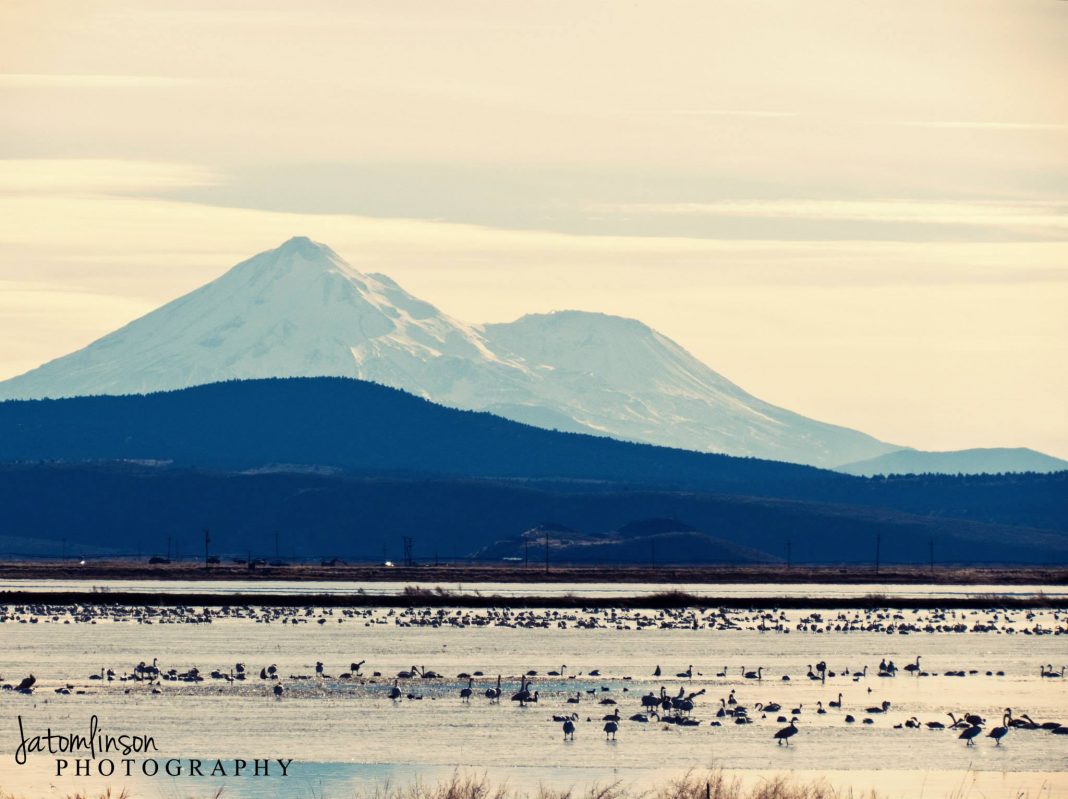
Central Oregon Winter Hikes
3. Proxy Falls
McKenzie Highway 242 is closed to vehicles near the trailhead to Proxy Falls in the winter due to snow, but with snowshoes you can hike into Proxy Falls, which is a must-see for winter adventurers and waterfall enthusiasts. The video below gives a brief look at the hike and gives important information on how to reach the trailhead in winter.
5. Abiqua Falls
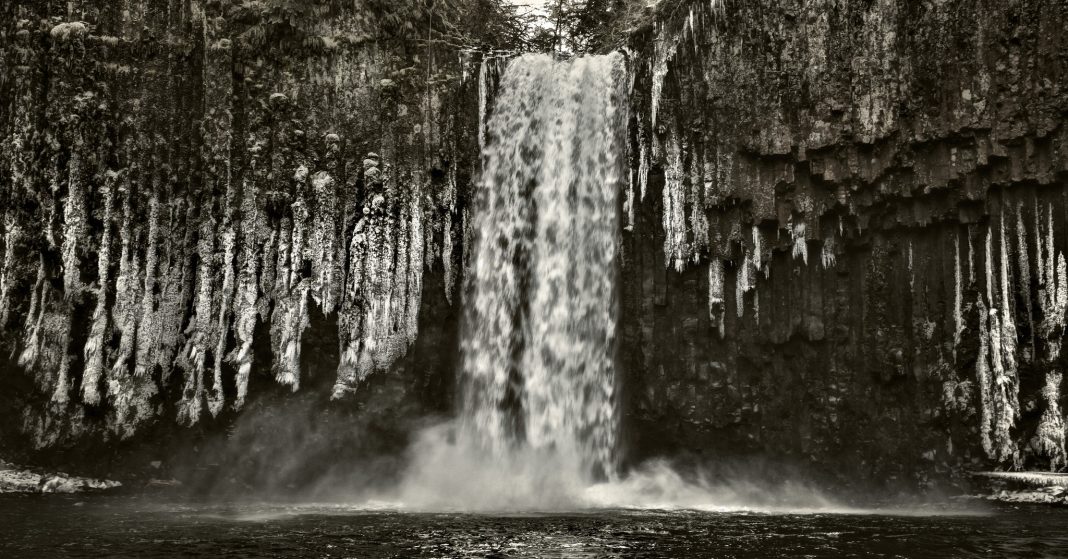
Abiqua Falls is one of those magical Oregon waterfalls that has the chance to freeze in winter. There's a moderately difficult .8 mile hike in to see the falls. Use caution as the trail can be extremely slippery when wet and people have been known to fall and get hurt here.
Know Before You Go
It's important to stay safe while hiking, but even more so when hiking on slippery surfaces or in winter weather. Here are some hiking tips to hike safe and have a great time on your winter hike:
- Check online to be sure the trail you want to hike is open.
- Check the weather report before you leave so you know how to prepare or so you'll know if a storm is rolling in and you should postpone. Also check the road reports before you go so you can get to your destination safely.
- Tell someone where you're going and when you plan to return.
- Take a friend.
- Prepare for inclement weather.
- Take enough food and water with you. Also take flashlights, a first aid kit, and wear good hiking boots with good grip and ankle support. Wear weather appropriate clothing and dress in layers.
What are your favorite magical places to hike in Oregon in the winter? Let us know in a comment or on our Facebook page.

